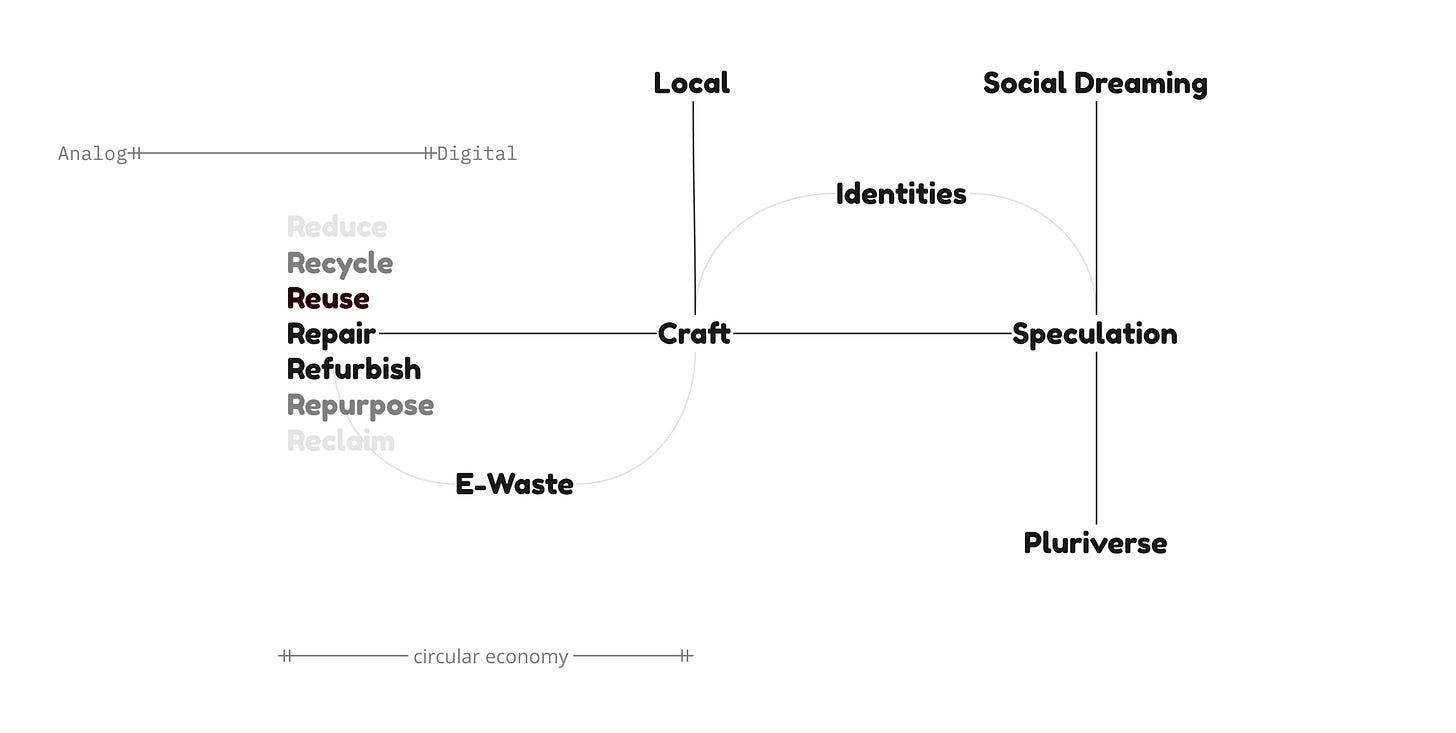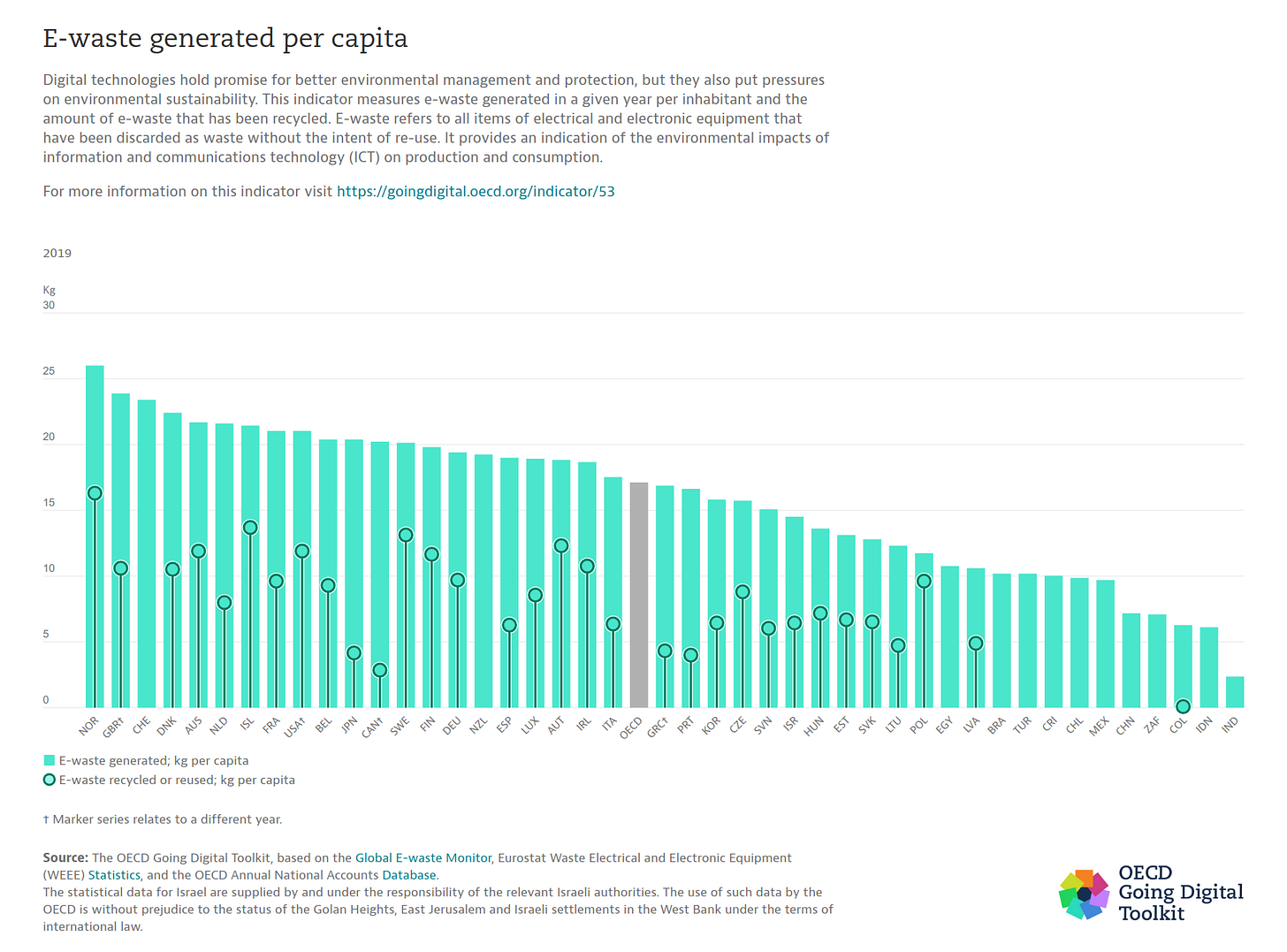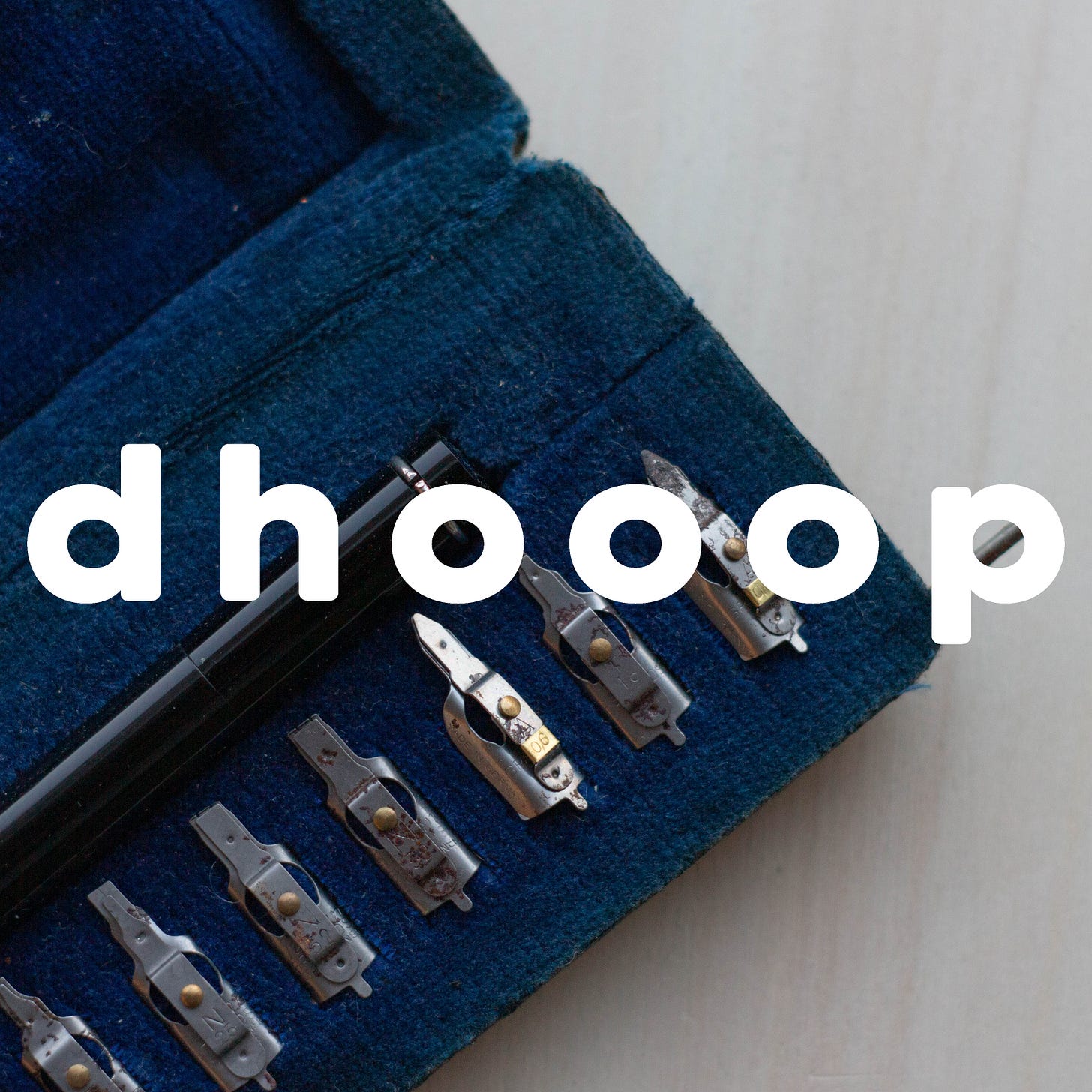In simple words, “techriolage” is a portmanteau of technologie + bricolage but with a twist, but hear me out first ! The etymology of the French word ‘bricolage’ is quite unclear, the word only became popular in the 1960s when Lévi-Strauss used bricolage as a process of making useful things from the available resources. Though the word ‘bricoler' was often popularly used for a handyman.
The word was derived from bricoler “to fiddle, tinker”(16c.), from bricole(14c.). The word could be divided into two halves ‘bri’ and ‘coller’, coller meaning to glue and collage meaning the process of glueing but what with the other remaining half ‘bri’? There have been multiple speculations about whether the ‘bri’ comes from the word ‘brick’ or ‘brique’ in French, the process of ‘brick-laying’ or if it is ‘Bric-à-brac’ meaning miscellaneous items of little value or “at random; haphazardly”, an expressive onomatopoeia of obscure origin (15c.), possibly germanic.
Now back to the word, “techriolage”, I knowing unknowingly formed this word by mixing three worlds, ‘technology’ + ‘créer’ or ‘create’ + ‘collage’; to create technical objects by glueing them together is indeed a very crude definition but it does help to form an ideal picture in the reader’s head.
But why ‘techriolage’ ?!
“Media materiality is not contained in the machines, even if the machines themselves contain a planet,” Jussi Parikka in Geology of Media, which is true, we all do carry a little part of earth’s crust in our pockets and bags.
According to the UN’s Global E-waste Monitor 2020, a record 53.6 million metric tonnes (Mt) of electronic waste was generated worldwide in 2019, up 21 per cent in just five years. It predicted that global e-waste – discarded products with a battery or plug – will reach 74 Mt by 2030, almost a doubling of e-waste in just 16 years. This also makes e-waste the world’s fastest-growing domestic waste stream, fueled mainly by higher consumption rates of electric and electronic equipment, short life cycles, and few options available for repair. Only 17.4 per cent of 2019’s e-waste was collected and recycled. This means that gold, silver, copper, platinum and other high-value, recoverable materials conservatively valued at US $57 billion – a sum greater than the Gross Domestic Product of most countries – were mostly dumped or burned rather than being collected for treatment and reuse. The issue of electronic waste is a global problem, but there is a significant difference in its act of discarding between different regions. For instance, Europe tops the list, generating a staggering 16.2 kg of e-waste per capita in 2019, while Africa produces as low as 2.5 kg per capita. Given the current socio-economic trends, the gap between the two is only going to widen further.
A large proportion of e-waste is prominently in working condition or repairable. With the highly sophisticated repair procedures, it is nearly impossible for an ordinary person to take the time to repair it with or without the guides and tutorials. So who takes the responsibility for the e-waste, the users or the companies?
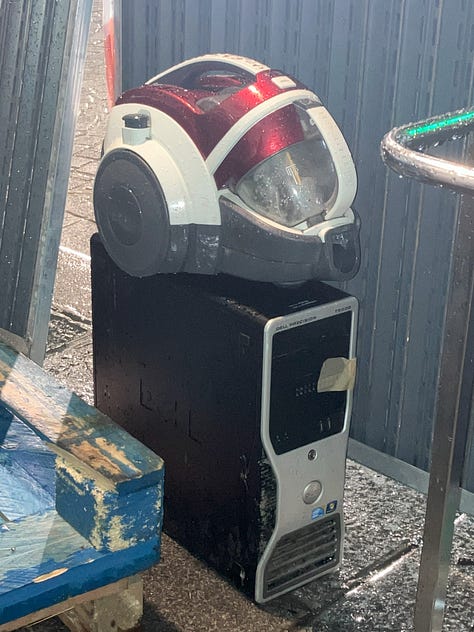
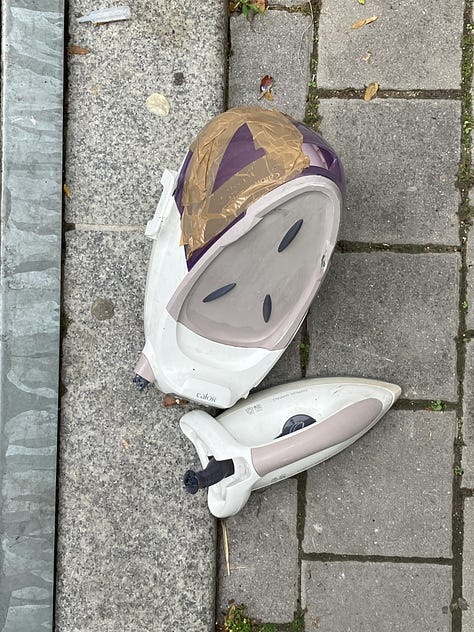
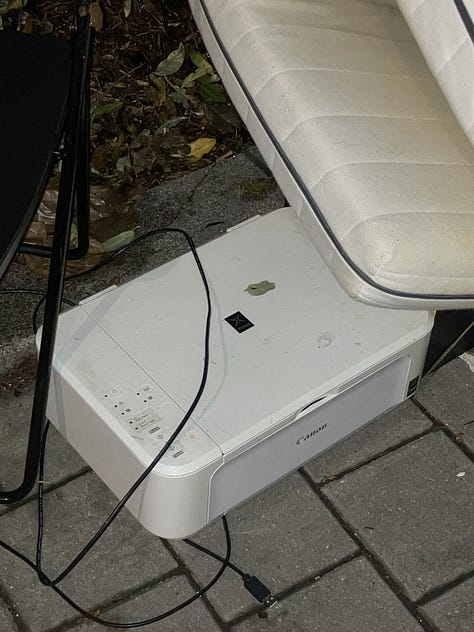
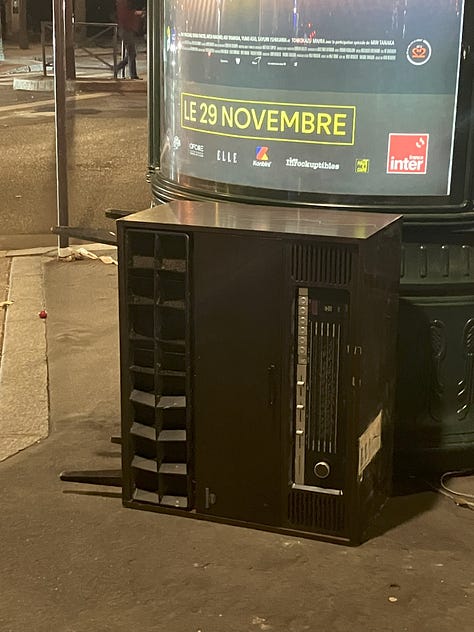
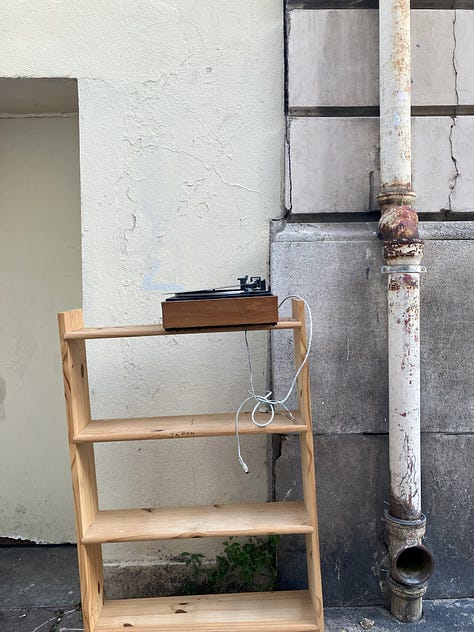

Techriolage tries to create a methodology for the community to participate in the practice of repair with hyper-local solutions like traditional crafts and FabLabs. How might we do craft-based tinkering with electronic waste through hyperlocal speculations?
Traditional crafts have been a cultural medium transforming their immediate surrounding into a unique worldview through material culture, and fostering pluralistic daily behaviour and interactions. I also want to raise an important question, form follows function or form follows culture? Is there a possibility of creating a synergy between traditional crafts and maker spaces when electronic waste is one of the easily available resources found discarded on the streets of urban dwellings?
The polyphonic speculation attempts to develop new paths for local knowledge with modern-day problems such as e-waste keeping in mind the plurality in ways of being, knowing and making.
The project aims to produce various technologically diverse objects which will enable the pluralist and decolonial narrative distant from dominating digital technology. There is already a growing movement for the decentralization of the web which emphasises data privacy where the users are in complete authority over their data and digital presence.
With the onset of globalisation in the last few decades, there has been an impartial influx of resources from the global majority towards the global minority with the establishment of occidentalization. This process of cultural imperialism is forming a, what Claude Lévi-Strauss says, “Masscivilisation”.
One of the problems of the imbalance of useful resources is access waste, especially electronic waste. Using hyperlocal speculation, I want to make use of, repair, remanufacture or recraft the industrial electronic waste which is often found in abundance on the streets or for a cheap takeaway in the flea markets or garage sales.
By envisioning the locally situated crafted objects, we will be able to involve local skills with fab labs to give a new life to the obsolute technological artefacts. By initiating these arrangements, we would drive forward the pluriverse paradigm in design culture.
What could be the indofuturism ?! or the digital future of indian-subcontinent ?!
- On sell
Model - Graphos
Production - 1930s - 1950s
Ink Capacity - 1.6 ml indian ink
Made In Germany
- Watch
Eternity and a Day - a story of love, regret, life and memory, light and darkness, hope and despair and… life and death.
- Postcards
An impromptu trip to Zurich and back, here are few stills, soul cleansing therapy with a backache but worth it. Request prints of any photos you see below, cheers !!





